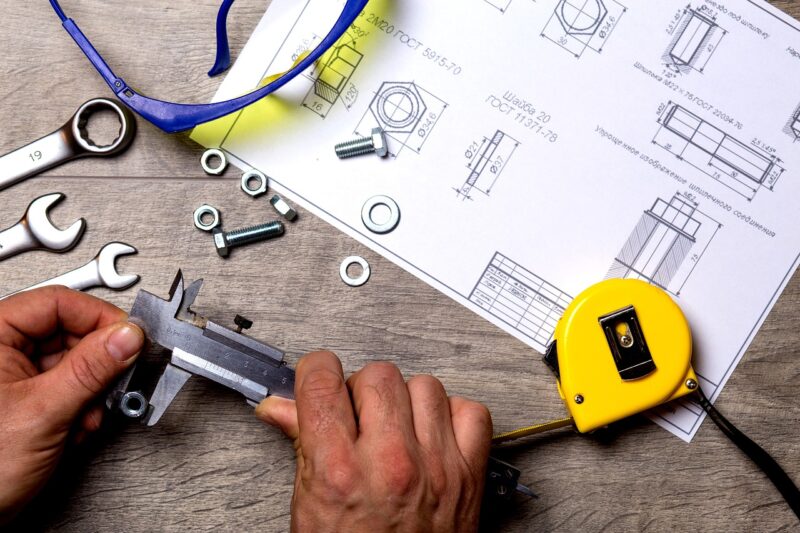Exploring Ancient Civilizations’ Unique Measurement Systems and Their Logic
November 12, 2024

Measurement systems have always been a crucial part of human civilization. They serve as the basis for trade, construction, agriculture, and much more. Each civilization developed its own system shaped by its culture, environment, and needs. In this article, we delve into the unique measurement systems of various ancient civilizations, their underlying logic, and how they influenced modern measurement practices.
1. The Importance of Measurement in Ancient Societies
Measurement systems are not merely arbitrary figures; they reveal much about the societies that created them. How a civilization measures time, space, and weight can provide insights into its priorities, challenges, and level of technological advancement.
For example, ancient Egyptians needed precise measurements for architectural projects like the pyramids. Their understanding of linear measurements was essential for constructing monumental structures that would stand the test of time. Similarly, the agricultural practices of ancient Mesopotamia relied heavily on accurate measurement of land to ensure crop yields.
This section will explore why measurement was not just a functional activity, but one deeply intertwined with identity and culture.
2. The Egyptian Cubit: A Model of Precision
In ancient Egypt, the cubit was one of the most significant units of measurement. A cubit was defined as the length from the elbow to the tip of the middle finger, averaging about 18 inches (46 centimeters). The Egyptians were meticulous in their measurements, using specially marked rods to ensure consistency.
The logic behind the cubit lies in its practicality; it was a human-based measurement, making it easier for builders and laborers to use without needing tools. The cubit allowed for the precise construction of temples, monuments, and other critical structures.
The ancient Egyptians divided the cubit into smaller units such as the palm (about 3 inches), facilitating more detailed measurements for smaller tasks. This subdivision is a clear indication of their sophisticated understanding of geometry and spatial relationships.
3. Mesopotamian Measurement Systems: Sexagesimal Wonders
The civilizations of ancient Mesopotamia created one of the earliest complex measurement systems known to humanity. They utilized a base-60 (sexagesimal) numbering system, which has influenced how we measure time and angles to this day.
Key points about the Mesopotamian measurement system include:
- Time: The division of an hour into 60 minutes and a minute into 60 seconds originates from Mesopotamian practices.
- Angle: The circle is divided into 360 degrees, a practice rooted in their calculations.
- Land Measurements: The use of the iku (a unit for measuring land) highlighted their agricultural focus, allowing them to determine the size of fields effectively.
These practices illustrate the ingenuity of Mesopotamian engineers and their deep connection with the natural rhythms of life, such as the agricultural cycles governed by seasonal changes.
4. The Roman Foot: Engineering and Military Precision
The Roman Empire needed a standardized measurement system to coordinate the vast territories they governed and maintain their engineering prowess. The Roman foot, roughly equivalent to 11.65 inches, was an essential unit of measurement;
its adoption facilitated various activities including architecture, land surveying, and military logistics.
The Roman foot was divided into 12 inches (unlike modern-day feet, which divide into 12 inches, borne from the Roman system). This system created a universal standard for construction and military planning.
By examining Roman texts and archaeological findings, we gain an understanding of how carefully thought-out measurements affected road construction, the positioning of military camps, and even the layout of cities. The implications of these measurement systems stretched far beyond utility, marking an era of precision and control in expanding empires.
5. Ancient China: The Yin and Yang of Measurement
Ancient China possessed a rich and complex system of measurements that extended into various aspects of life, articulated through the concepts of Yin and Yang. The traditional Chinese system comprised units such as the chī (approximately 1 foot), which reflected a balance between natural and cultural elements.
Chinese measurements were used in daily activities, from agriculture to architecture:
- Land and Agriculture: Their unique use of the “mu” (a unit defined as 1/15 of a hectare) enabled efficient farming practices tailored to the diverse landscapes of China.
- Construction: Traditional building practices relied on precise measurements rooted in feng shui, illustrating a harmonious relationship with the environment.
The integration of philosophical concepts into measurement systems highlights a cultural richness that resonates through time, showing the value placed on balance and harmony.
6. Influence on Modern Measurement Systems
Today’s measurement systems are not completely detached from their ancient predecessors. Many modern units have their origins in ancient civilizations. For example:
- Metric System: The meter was derived from a fraction of the Earth’s circumference, echoing the detailing present in ancient calculations.
- Imperial Measurements: Many units, such as yards and gallons, showcase a direct lineage back to ancient practices, particularly those influenced by Roman and Anglo-Saxon systems.
Understanding these historical measures sheds light on how societies evolve and adapt concepts to meet cultural and practical needs.
Conclusion
By exploring the unique measurement systems of ancient civilizations, we see the intertwined nature of culture, trade, and functionality. Each system developed not merely as arbitrary units, but as vital components that reflect deep societal values, technological advancements, and everyday necessities. The legacy of these systems ultimately paved the way for today’s modern practices.
As we advance into an increasingly metric world, appreciating these historical foundations enhances our understanding of both our past and how we measure our future.







